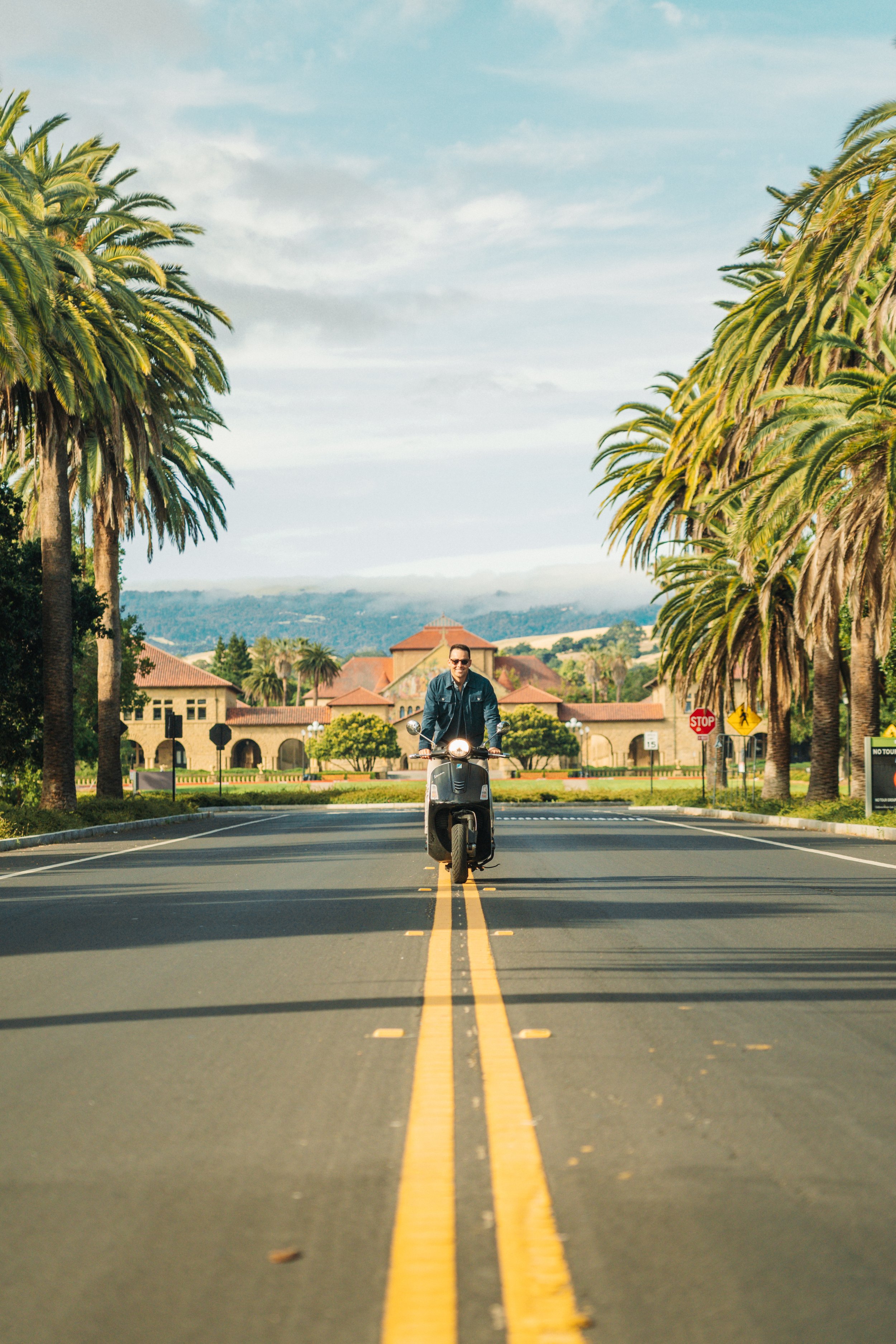School Advice from a Jealous Graduate
Six weeks ago I graduated. I recently wrote a letter to a friend (starting school this fall), with words of advice. I’ve generalized my advice here. I hope it’s helpful.
Tactical Advice:
Take classes that don’t make sense. I took every entrepreneurial / VC class I could, until they felt redundant. Then I took “Mortgages and Real Estate,” “Policy Time,” and “Global Business, Religion and Politics.” It felt like taking off blinders. It put my interests in context and tickled my brain. Today I read about more subjects with more appreciation and curiosity. I wished I had branched out earlier.
Take classes you want. Getting into classes can be hard. But fight for them. Email professors (early) expressing interest. Show up on the first day. And the second day. And the third. People drop out all the time, and persistence is rewarded. Or be a TA (Teachers Assistant) for classes you cannot get into.
Learn to write. By expressing complex ideas succinctly and clearly, I’ve earned jobs, relationships, and access to worlds otherwise out of reach. If you, like me, believe writing is magic - take writing classes.
Make long term commitments. It’s hard to make standing commitments because you don’t know what you’ll want to do next month, or what other opportunities may become available. But do it. Commitments force you to spend time with people you wouldn’t otherwise spend time with. They allow you to accomplish things you otherwise couldn’t.
Personal and Interpersonal Advice:
Assume everyone has a secret. It’s tempting to categorize people: Finance Bro, Eco Warrior, Startup Gal, etc. You’ll think you have people pegged. You don’t. Everyone here has a secret or two. They’re hilarious, they’re going through something difficult, or they’re preparing for something amazing. You don’t need to go deep with everyone, but know that everyone has layers. If you peel them back, you’ll be rewarded.
You deserve to be here. You told your story in the application and it was appreciated. The best thing you can do now is be that person. Own the accomplishments that got you here, give in the same way you promised to, and attack the goals you laid out in your application. Be the boldest version of yourself.
Be a driver. You’ll go on trips that aren’t your style, to parties that aren’t your vibe, and to restaurants you wouldn’t have picked. You can do things that are exactly your “vibe,” by planning them. School is amazing, in that everyone is looking for things to do.
Give to others by organizing (poker night, bike ride, book club). It’s hard - but you’ll be rewarded with trips that are your style, parties that are your vibe, and group meals at your favorite restaurants. These events will attract people who share your preferences and are drawn to your qualities.It goes really fast. At graduation from highschool, the four years I spent at Stevenson represented 22% of my life. At graduation from undergrad, the four years I spent at Middlebury represented 18% (4/22) of my life. At Stanford’s graduation, my two years at the GSB represented only 6% (2/31) of my life. The blink of an eye.
So what does this mean? Don’t do everything. In fact don’t do anything automatically - think about how you want to spend each year, quarter, month, and morning.Explore parallel universes. I found 25 people I love, 75 people I care about, and 200 people I know socially. There were another 200 I spoke to, but didn’t get to know. Occasionally a trip, meal, or class would throw me into the center of another social circle. Everyone was just as kind, just as smart, just as interesting, as the people in my circles.
This is all to say: There are dozens of parallel universes. When someone gives you the opportunity to enter their world (dinner with a group you don’t know, a trip without your friends, etc), do it. And repay the favor. Invite others to your events, even if you don’t know them yet.Take risks. At times I let my desire to “fit in,” keep me from saying something or trying something. I should have been myself more, because every time I took a risk I was rewarded for it.
That's not to say that risks are without consequence. But the consequences of risk (embarrassment, pain, sadness, shame) vanished quickly. And ultimately each risk taught me something about myself or the world. I’ve heard others say this as well, so I won’t claim it as my own. But… I don’t regret a single risk I took. I regret not taking more risks.
While I could write you 10 more pieces of advice, I fear it would transition from helpful to self-indulgent. So I’ll stop.
But I hope this helps. And I hope you have as much fun as I did.
Jealously,
Logan Randolph























